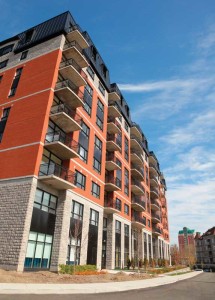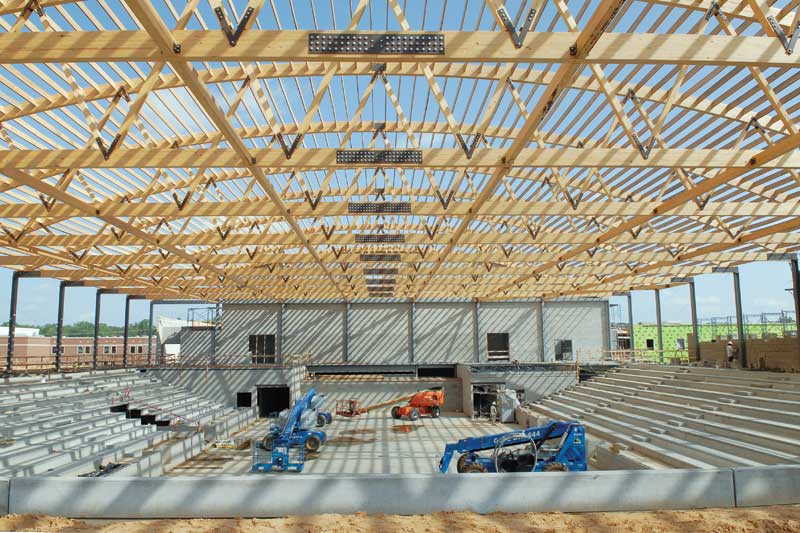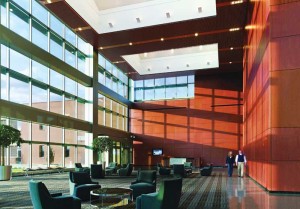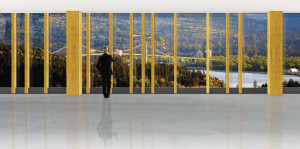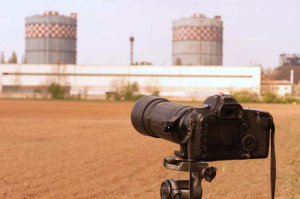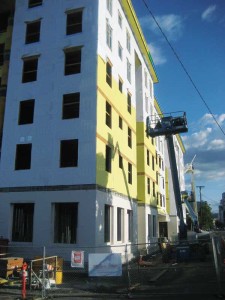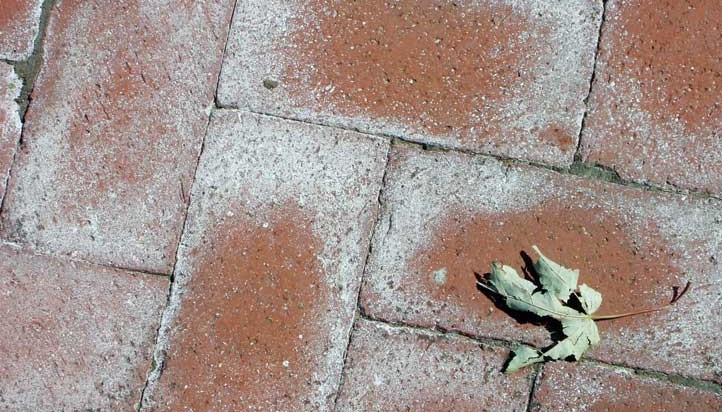Designers of commercial and institutional buildings in urban settings often work on constrained sites where the service areas exposed to weather or wash-down are located over occupied spaces below.
+ Read More
|
Failures of claddings like adhered masonry veneer–also known as manufactured stone–often stem from poor flashings, misapplied air and water-resistive barriers (WRBs), and limited drainage. Resulting problems related to moisture intrusion into the wall assembly’s dry zone are moist wall interiors, wet insulation, and rot in sheathing and framing.
+ Read More
|
In building code history, wood structures have been highly regulated. Experience gained from past fires contributed to what is still the basis of today’s modern building codes, which are traditionally slow to change, and therefore, retain limits and restrictions established in response to what occurred centuries ago.
+ Read More
|
Wood's beauty has long been appreciated for both architectural ceiling and wall panel assemblies. Significant changes during the past decade have led to new fabrication techniques and products complementing traditional millwork.
+ Read More
|
Before the end of the 19th century, wood was commonly used as a primary building material in several types of non-residential structures. Demonstrating the durability and strength of building with wood, many of these timber-built structures remain in use.
+ Read More
|
This follow-up to a previous article on the importance of field verification, testing responsibilities, and reporting protocol describes some of the equipment and instruments this author frequently uses when visiting construction sites.
+ Read More
|
Two critical aspects of sustainable construction are long-term durability and energy efficiency. The latter is a measure of whole building performance, which depends on the envelope as well as the building systems and occupant behavior.
+ Read More
|
Efflorescence is one of the first signs of moisture problems for cementitious materials, especially masonry. A by-product of moisture combining with free salts, this phenomenon is not only just a cosmetic problem—left unchecked during freeze-thaw conditions, it can cause brick to weaken, spall, or crumble in some cases.
+ Read More
|
When dealing with efflorescence, there are a few simple rules to remember.
+ Read More
|
Providing adequate rainwater management and control for air, vapor, and heat flow through the building enclosure is critical to long-term performance and durability. In contemporary wall assemblies with layered materials, the complexity of coordinating these various demands can be overwhelming.
+ Read More
|
|
|




